New research from Stanford suggests artificial intelligence isn’t ruled by just OpenAI and Google, as competition increases across the US, China, and France.
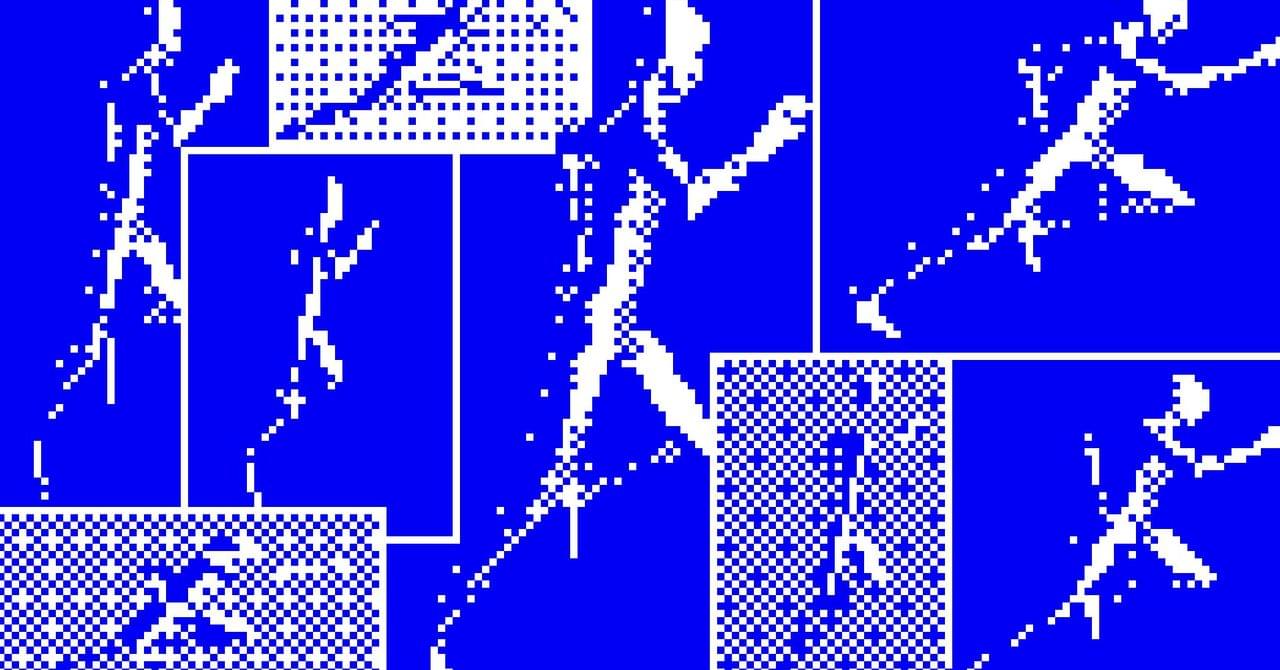

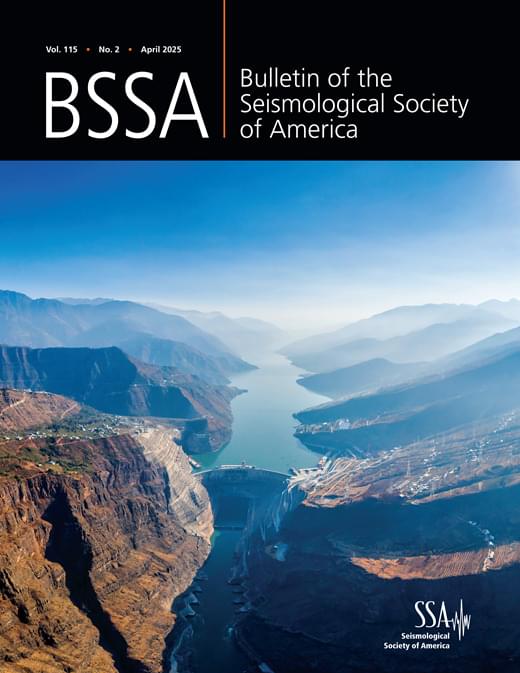
Ground motion models developed using global databases of ground motion rely on something called the ergodic assumption, which, for broad tectonic types, means that intensity measures for a given earthquake in a given region can be applied to any location in that region. A non-ergodic ground motion model instead takes into account how ground motion varies with source, site and/or path effects.
In a new study, a team from Georgia Tech, UC Berkeley, Orta Dogu Teknik Universitesi, and Pacific Gas and Electric Company assesses the performance of different path-effect models for developing non-ergodic ground motion models using a Turkish ground-motion database. For more about their findings, please visit the paper.
ABSTRACT. The objective of this study is to assess the performance of different path‐effect models for developing nonergodic ground motion models (GMMs) using a Turkish ground‐motion database. The cell‐specific attenuation approach is widely used to capture path effects in the formulation of nonergodic GMMs. However, this approach can mainly capture anelastic attenuation effects associated with the spatial variation of the quality factor, and it is limited in capturing 3D velocity structure effects, which may be, in particular, relevant for long‐period ground motions or short‐distance and short‐period ground motions. Recent efforts have introduced new models to incorporate 3D velocity structure effects; however, the assessment of these models in the context of instrumentally recorded ground motions is limited. This study assesses the performance of three path‐effects models for Türkiye. Specifically, we consider the cell‐specific attenuation approach and two additional models based on Gaussian processes but with a different parametrization on how they represent the spatial correlation of path effects. The results indicate that the models based on Gaussian processes outperform the cell‐specific approach for long‐period spectral accelerations and short‐period ground motions at short distances, offering significant aleatory standard deviation reductions. The differences between the Gaussian process‐based models are also discussed, highlighting how their parameterization is reflected in prediction patterns. This study contributes to the transition from ergodic to nonergodic approaches in performance‐based earthquake engineering.

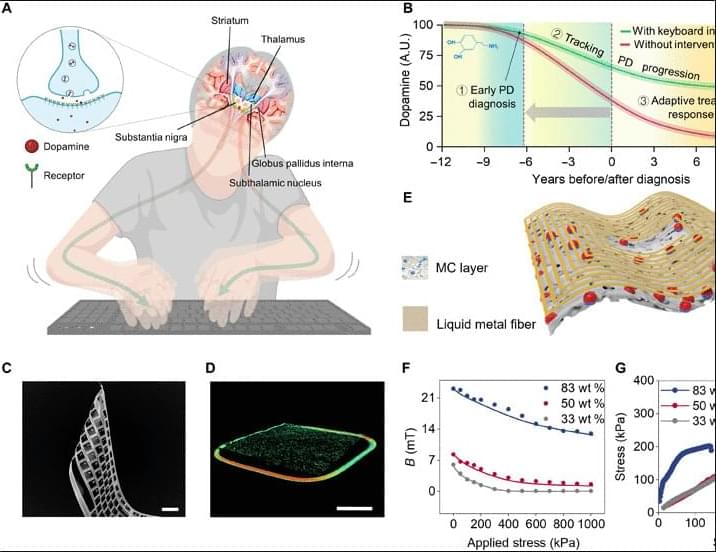
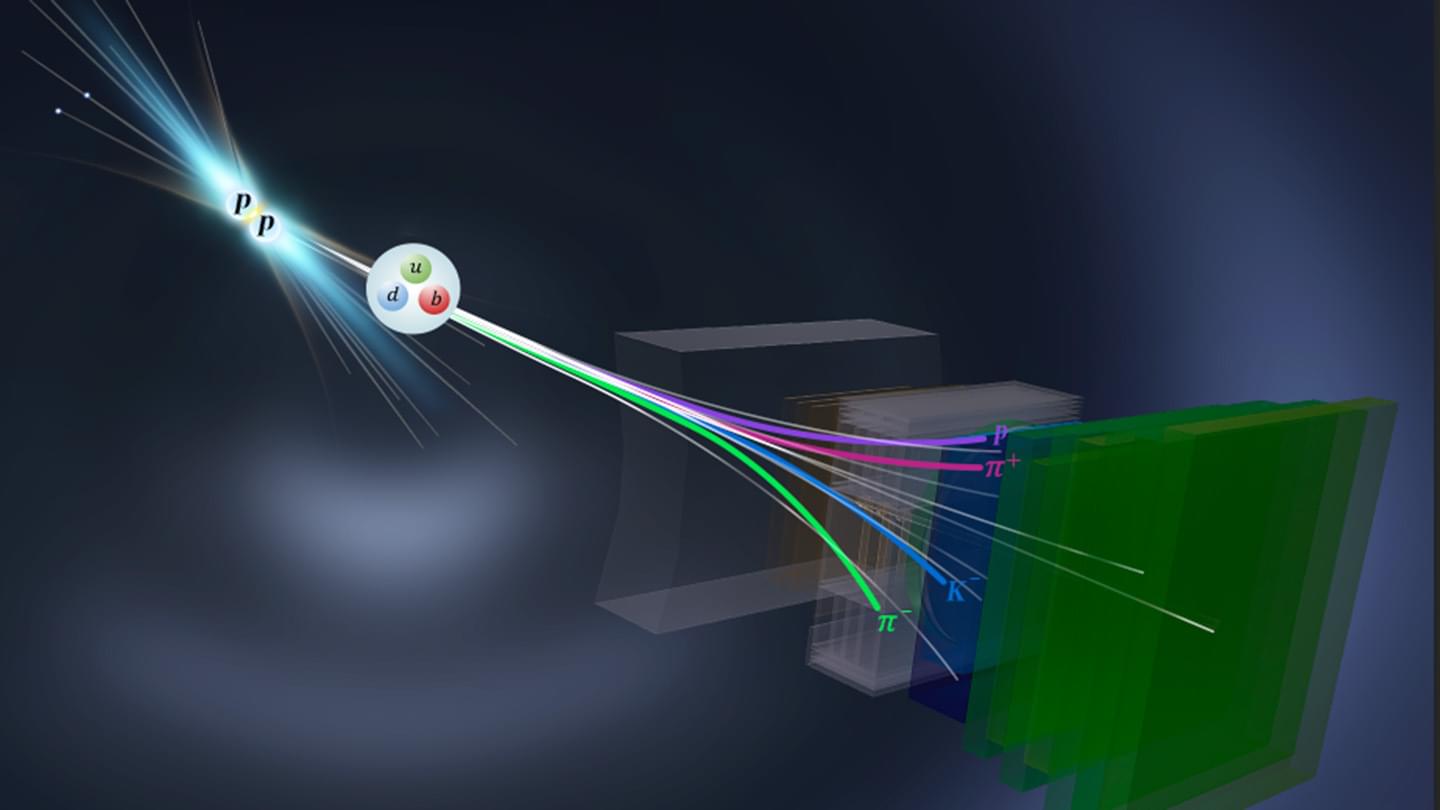




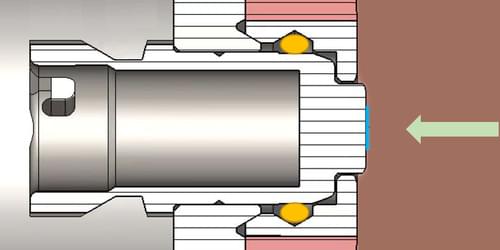
Free-electron lasers (FELs) have an electron problem: a “dark” current that can propagate with the electron beam, limiting the performance of the system. Now Guan Shu of Zhangjiang Laboratory in China and colleagues have developed a method that can reduce the strength of this unwanted dark current by 3 orders of magnitude [1]. Because their method requires no structural changes to existing equipment, Shu says it could be easily implemented in existing FELs. Their bright beams of x rays—generated by electrons—are increasingly popular for structural studies.
Most high-repetition-rate free-electron lasers are fed by very-high-frequency (VHF) electron guns. A VHF electron gun contains a photocathode that releases electrons when hit with a laser. These electrons are accelerated by a strong electric field and exit the photocathode as a beam through a port at the front. But the same field generates other electrons by pulling them off the photocathode’s surface and from nearby copper surfaces via the field effect. These so-called dark electrons—they don’t need light to free them—can cause unwanted heating that degrades the main electron beam and damages the beam line.
To weaken the dark current, researchers have typically lowered the gun voltage. But that route reduces the brightness of the main electron beam. Shu and colleagues found an alternative solution: modifying the plug upon which the photocathode material is deposited and grown. The team showed that by pushing the plug around 0.5–1 mm deeper than a standard plug, they were able to reduce the intensity of the dark current by nearly 2 orders of magnitude. The over-inserted plug also had another benefit—it defocused the dark current. Rather than propagating downstream to join the main beam, the dark current struck the VHF gun cavity walls before it could leave the photocathode.